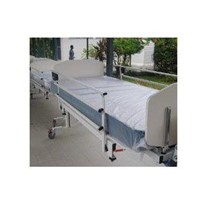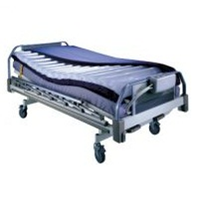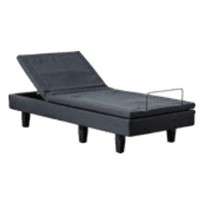We therefore looked at the individual system requirements of our Japanese customer, PARAMOUNT BED and developed a tailor-made solution which overcomes challenges, while also improving work processes along the way
THE STARTING POINT
The Japanese hospital bed manufacturer PARAMOUNT BED Co., Ltd. looks back on a long-standing tradition of more than 70 years in business and has established its position as a market leader in Asia.
The company builds on advanced technologies, develops state of-the-art medical products and supplies 90 countries all over the world.
SPECIFIC STANDARDS REQUIRED OF HOSPITAL BEDS
There are differences between hospitals everywhere in the world. In Europe and North America, the corridors and wards are wide and spacious, and the beds tend to be bigger than in Asia.
In contrast, the hospital beds in Asia are compact and low in height by comparison and need to be easy and safe to manoeuvre within the small amount of available floor space.
We always strive to come up with the right solution to meet the varying requirements of the international markets. Our customer PARAMOUNT BED was no exception when they needed a specially adapted switching system.
OUR SMART MOBILITY SOLUTION
Modern hospital beds are fitted with a central braking system with a lever for nursing staff which allows them to operate the castor locking mechanisms. A mechanical switching system ensures that the bed remains firmly and securely in place if the locking mechanism is actuated.
We adapted the existing switching system for PARAMOUNT BED. It was further optimised in regards to the specific conditions and constraints at Japanese hospitals and it boasts the perfect interaction of actuating forces. The pedal for the brake is located at the height of the castors. Nursing staff can still easily operate it by foot even in the lowest reclined position. If the lever is engaged or released, the distance it travels is determined by the length of the lever and of the switching angle. The nursing staff uses the lever to apply the brake, operate the directional lock and to release the castors.
There are therefore three switching positions, each requiring sufficient space for the braking system to function safely. Our system for PARAMOUNT BED does not have the directional lock so it has only two switching positions and a switching angle of well below 30 degrees. This gives the hospital bed manufacture valuable additional centmetres in order to be able to lower the bed to a height of just 20 centmetres.
In the course of our close collaboration we made even more improvements and perfected the overall application, changing over from a friction-locked mechanism to a keyed system. The teeth interlock and make the braking action possible with far less exertion of force.
The challenge involved in devising the solution is not to be underestimated. On the one hand, our engineers had to achieve gentle actuating forces in both switching directions. On the other hand, they had to guarantee the lever would stay fixed in the released position in order to prevent unintended activation of the switching operation even in the case of obstacles.
IMPROVED RUNNING CHARACTERISTICS AND INCREASED PRODUCTIVITY
The adapted braking system has many different advantages. Thanks to the reduced switching angle, PARAMOUNT BED can use larger castors which mean improved running action. Also due to the sophisticated design of our solution, it is still possible to lower the bed as far down as before.
Another significant advantage for the Asian market leader is our international presence with direct service provided by our TENTE Japan subsidiary which is based in Tokyo



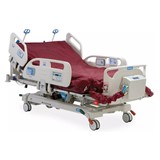












-160x160-state_article-rel-cat.png)

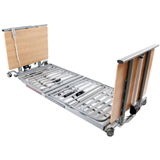
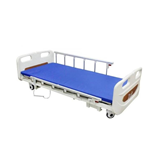

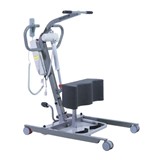




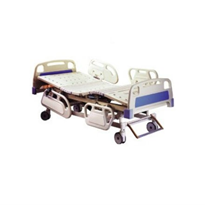
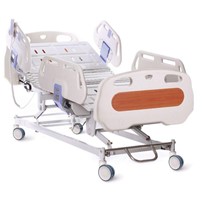

-205x205.jpg)
